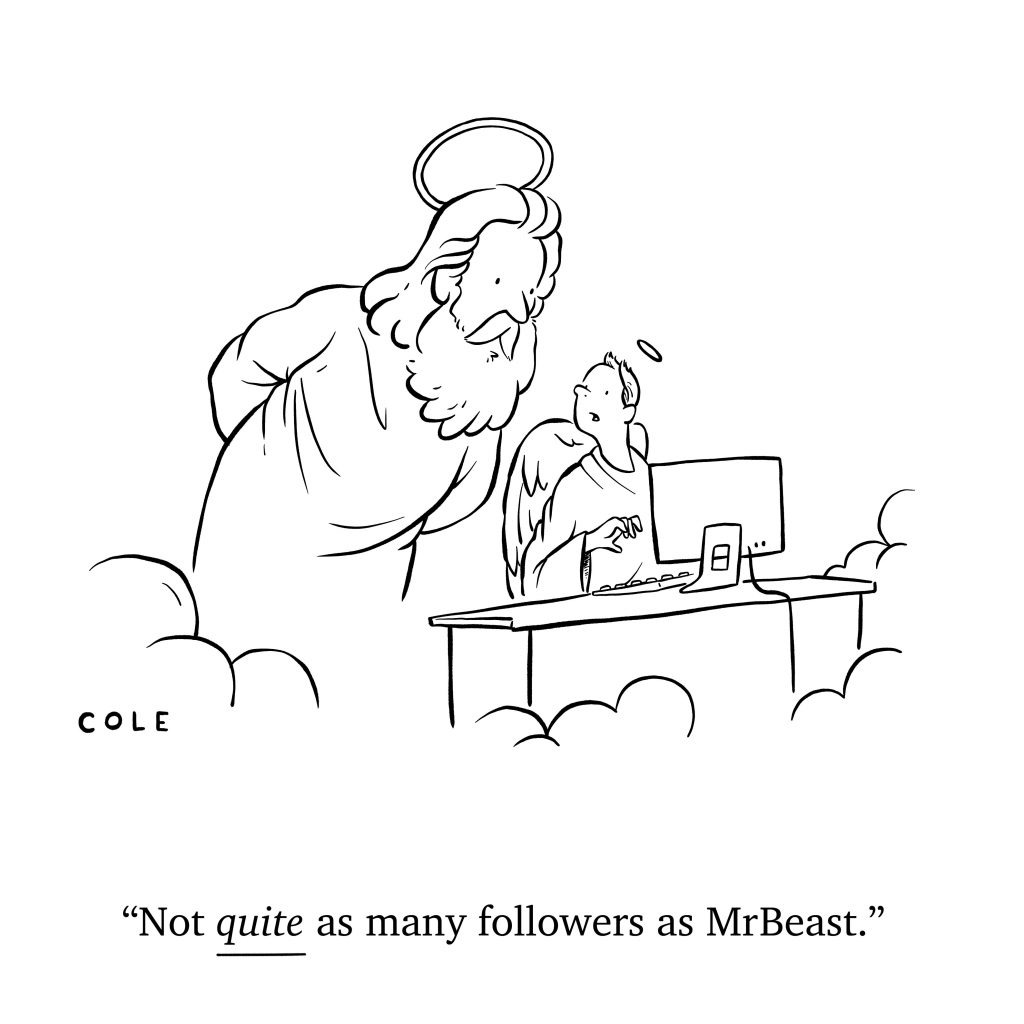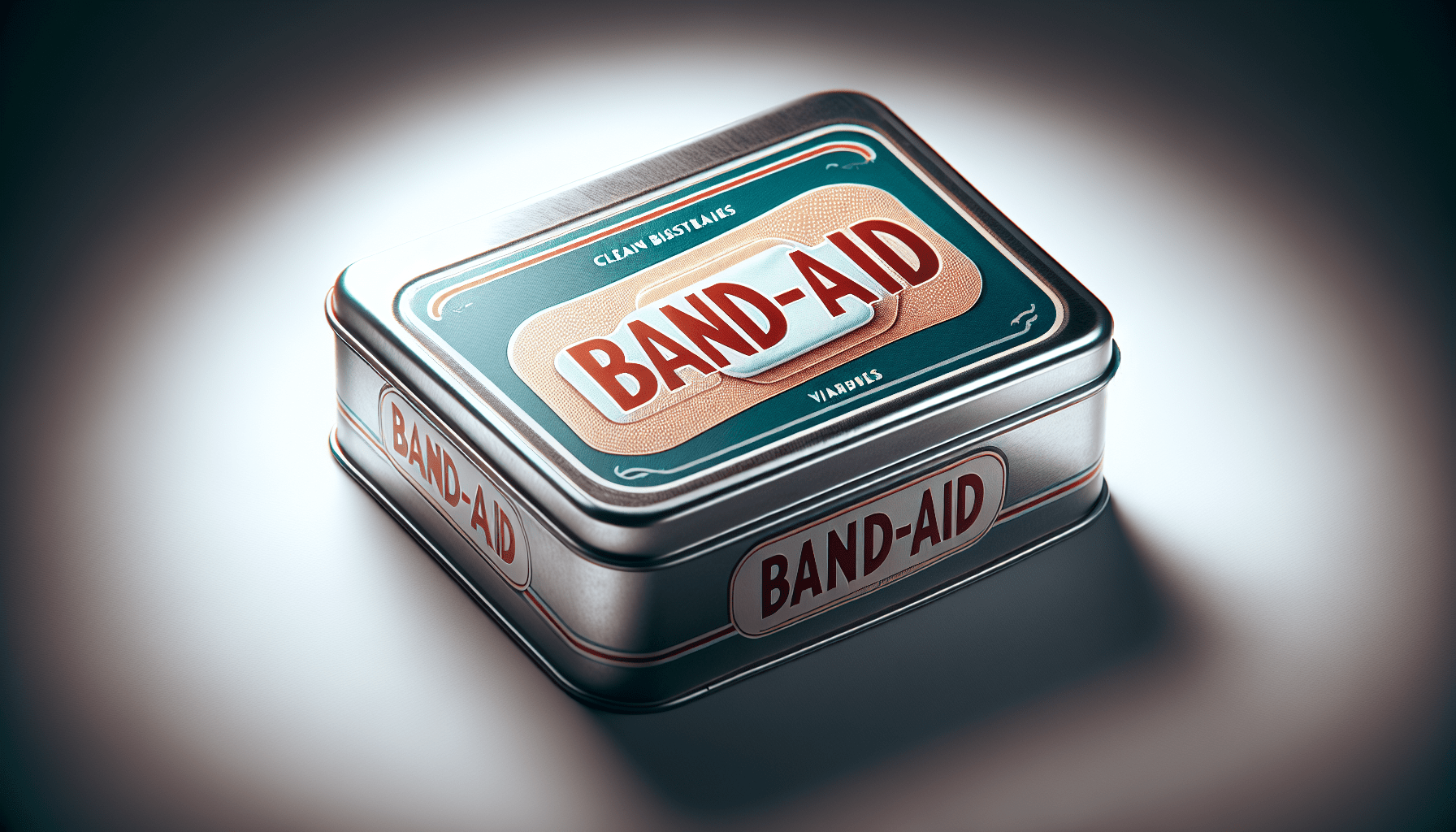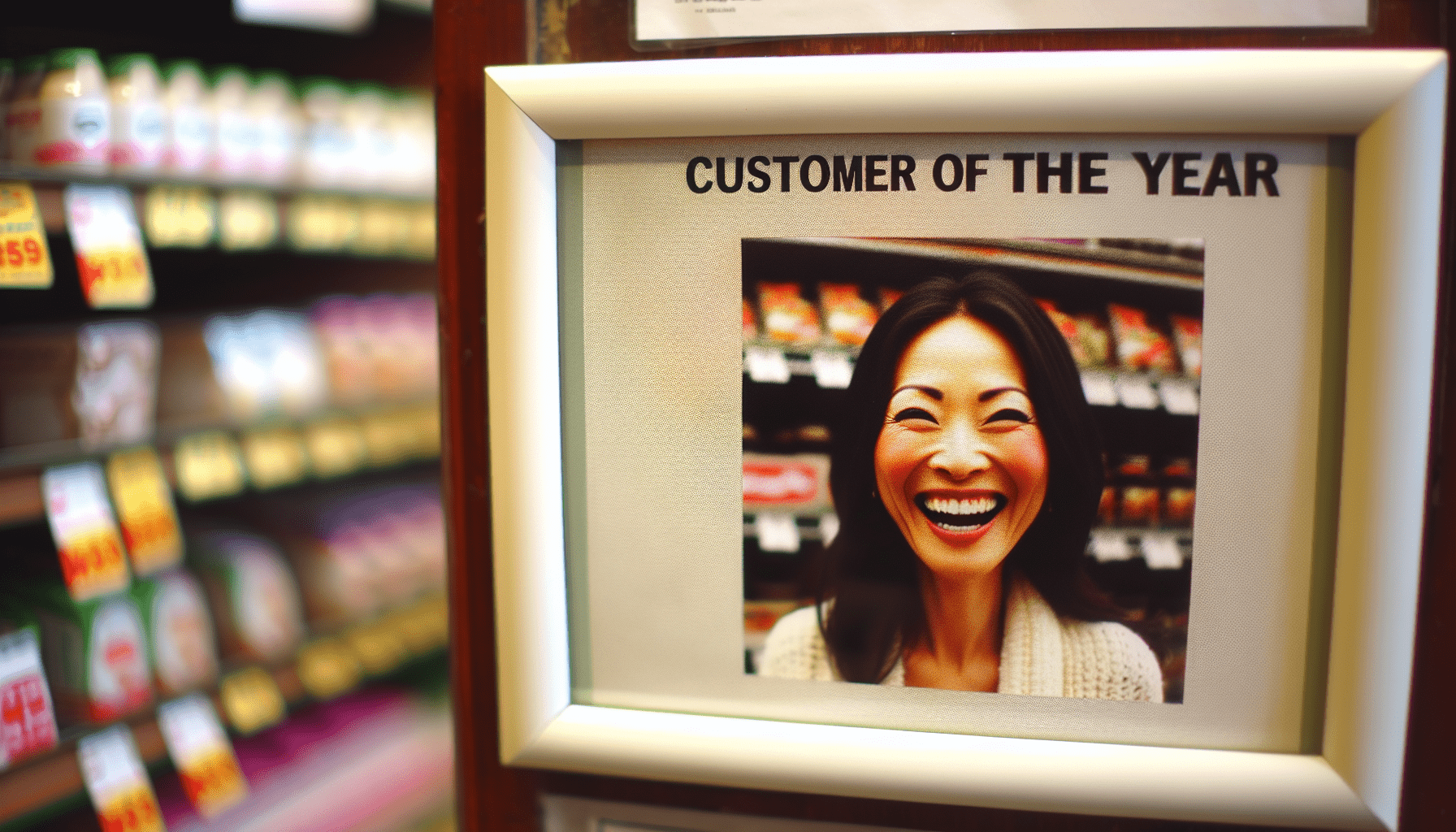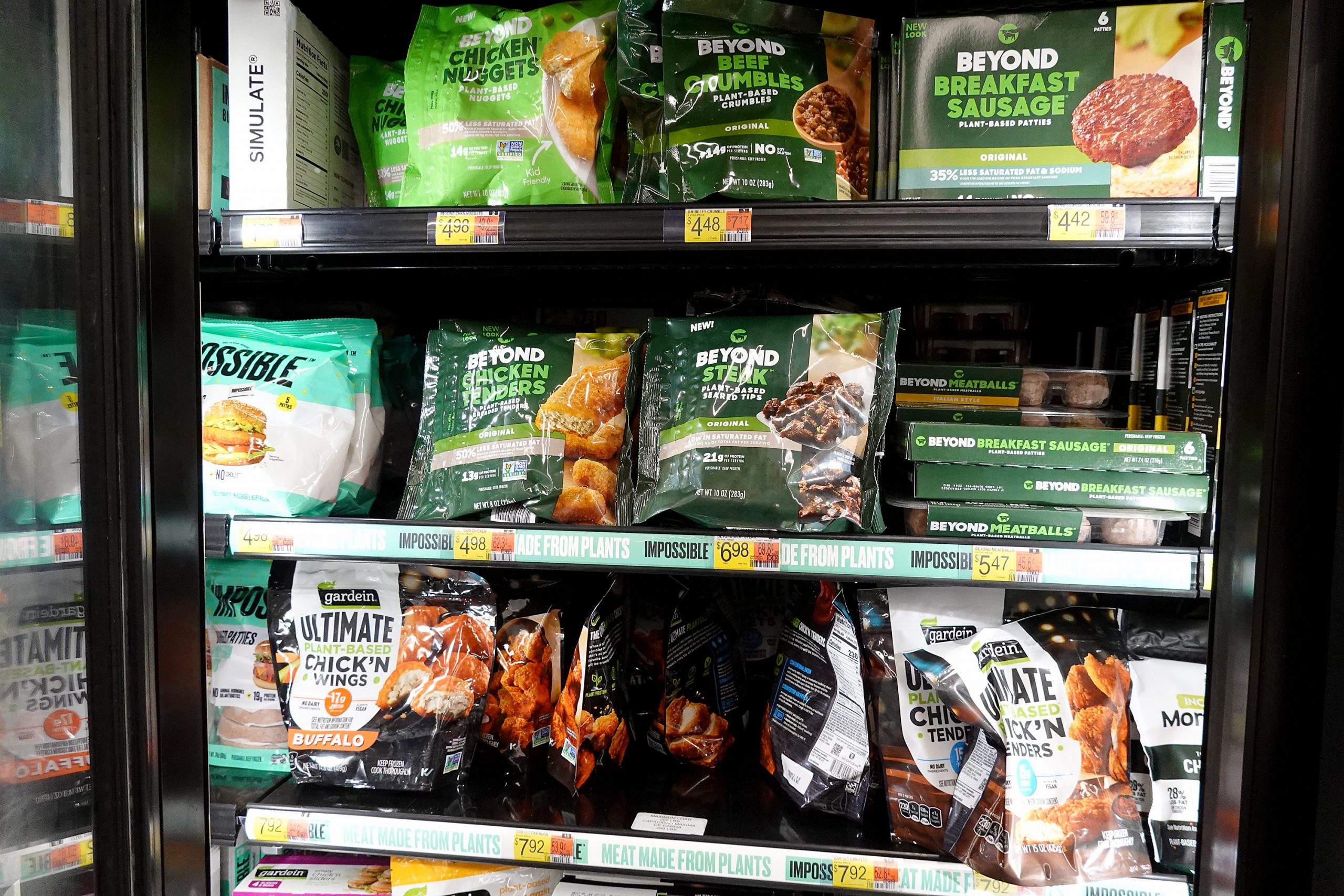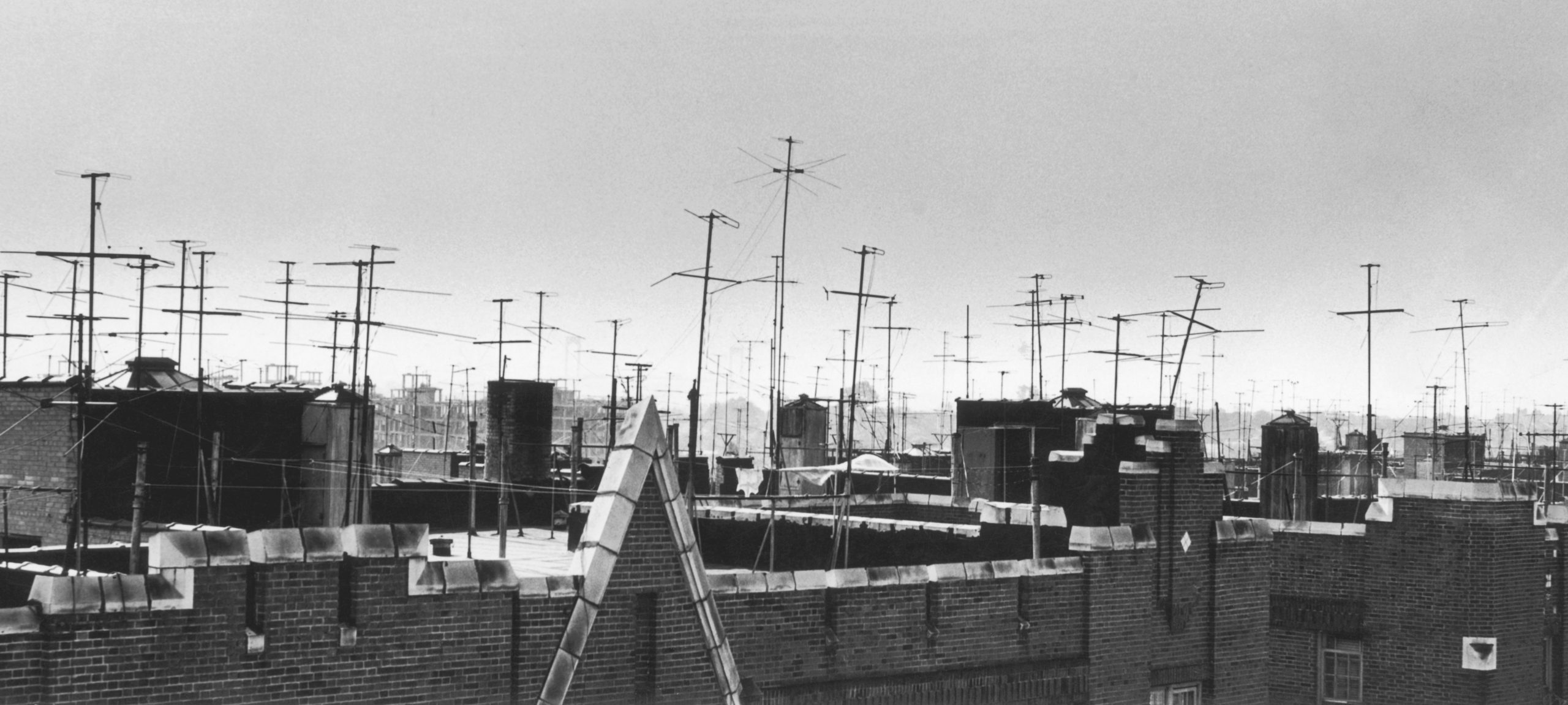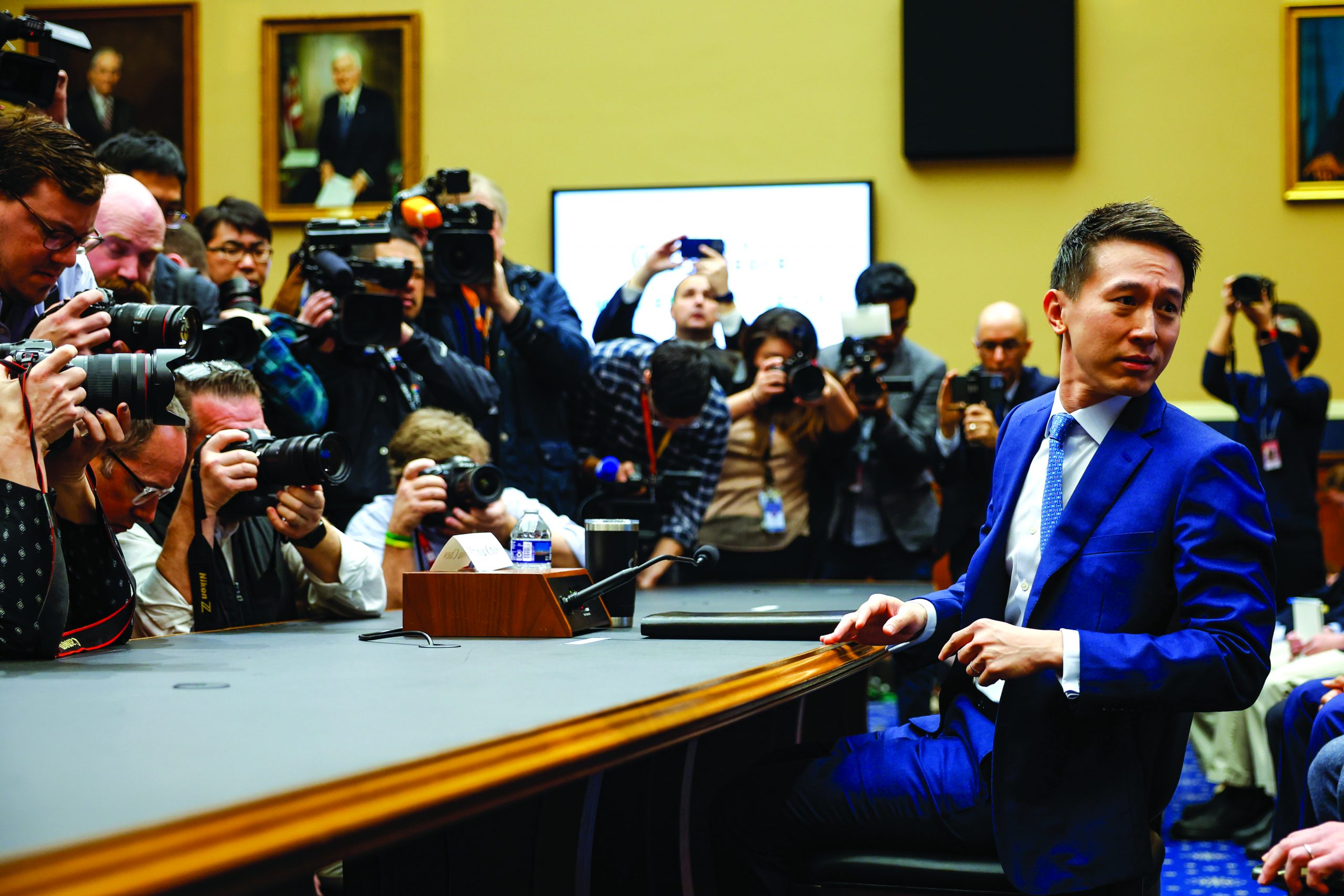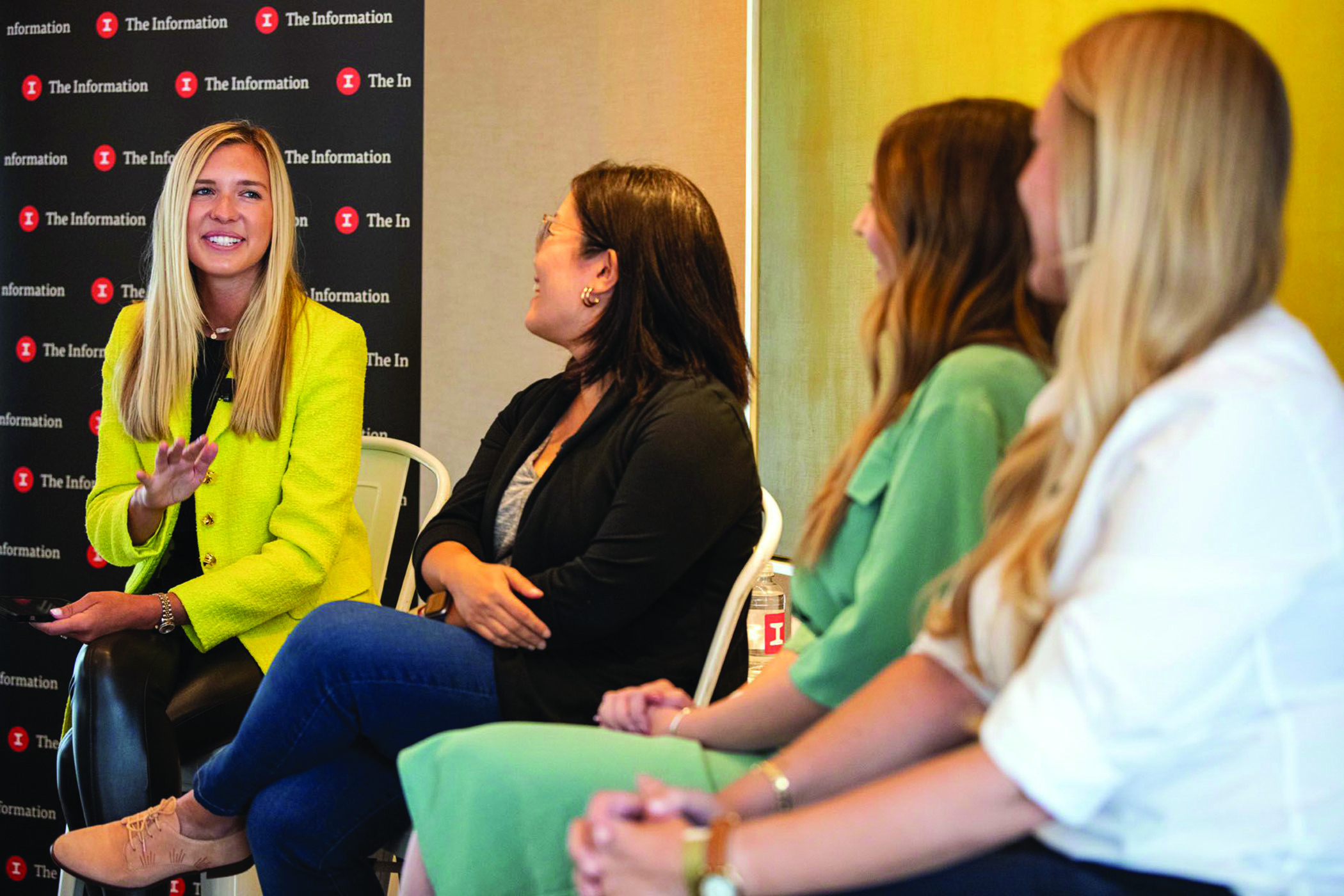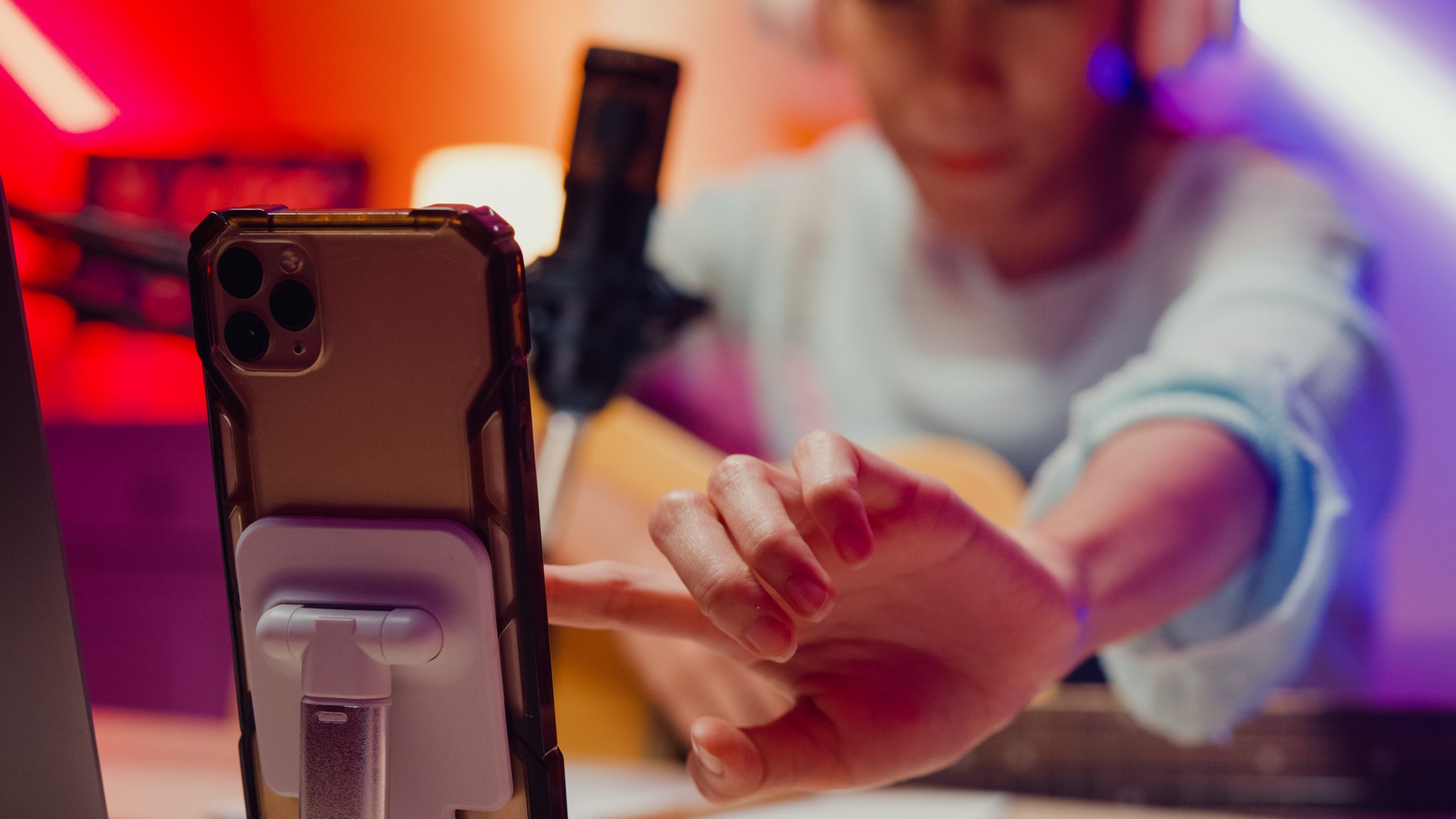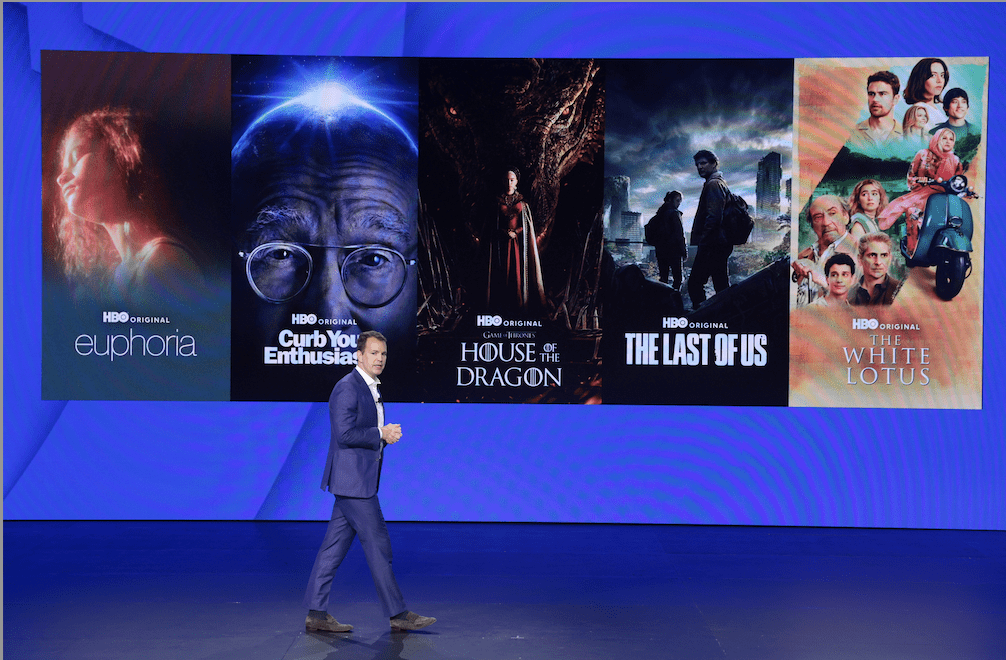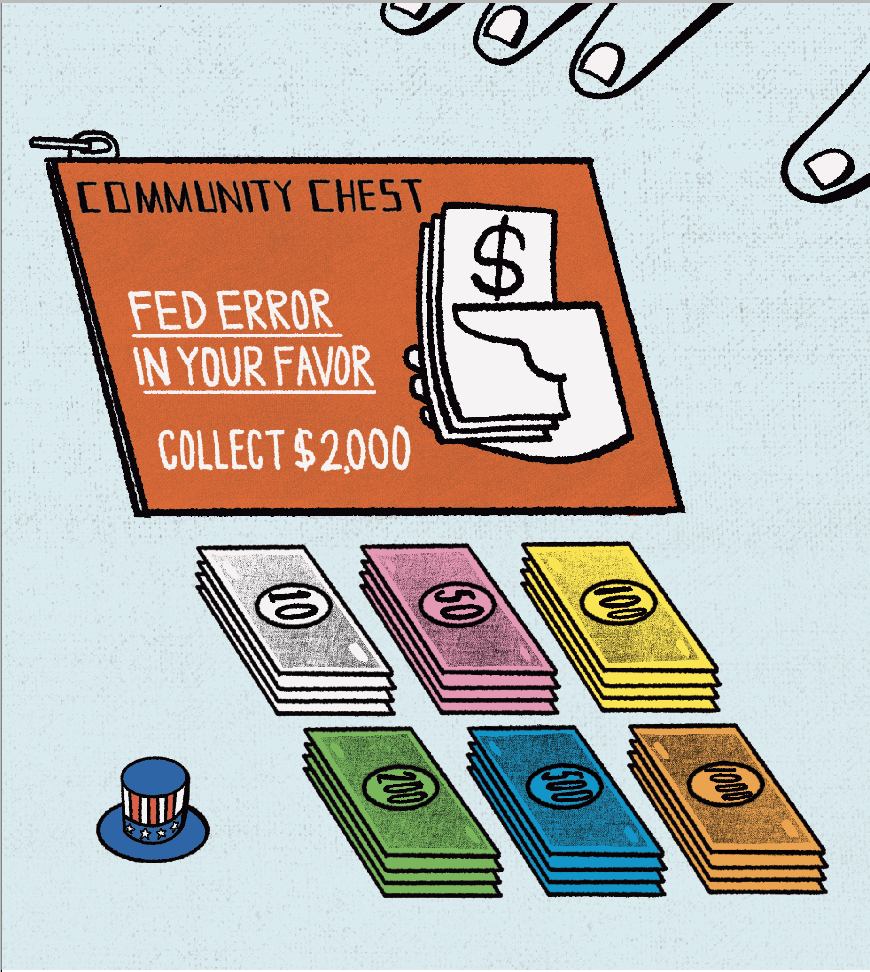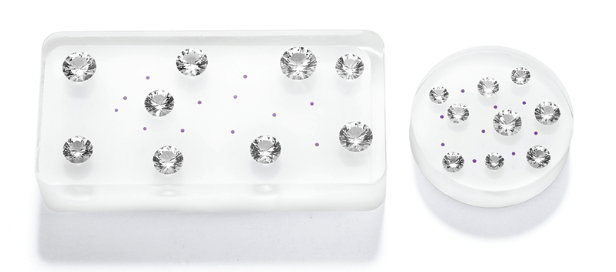Making It Big on YouTube
What it takes to run a profitable channel
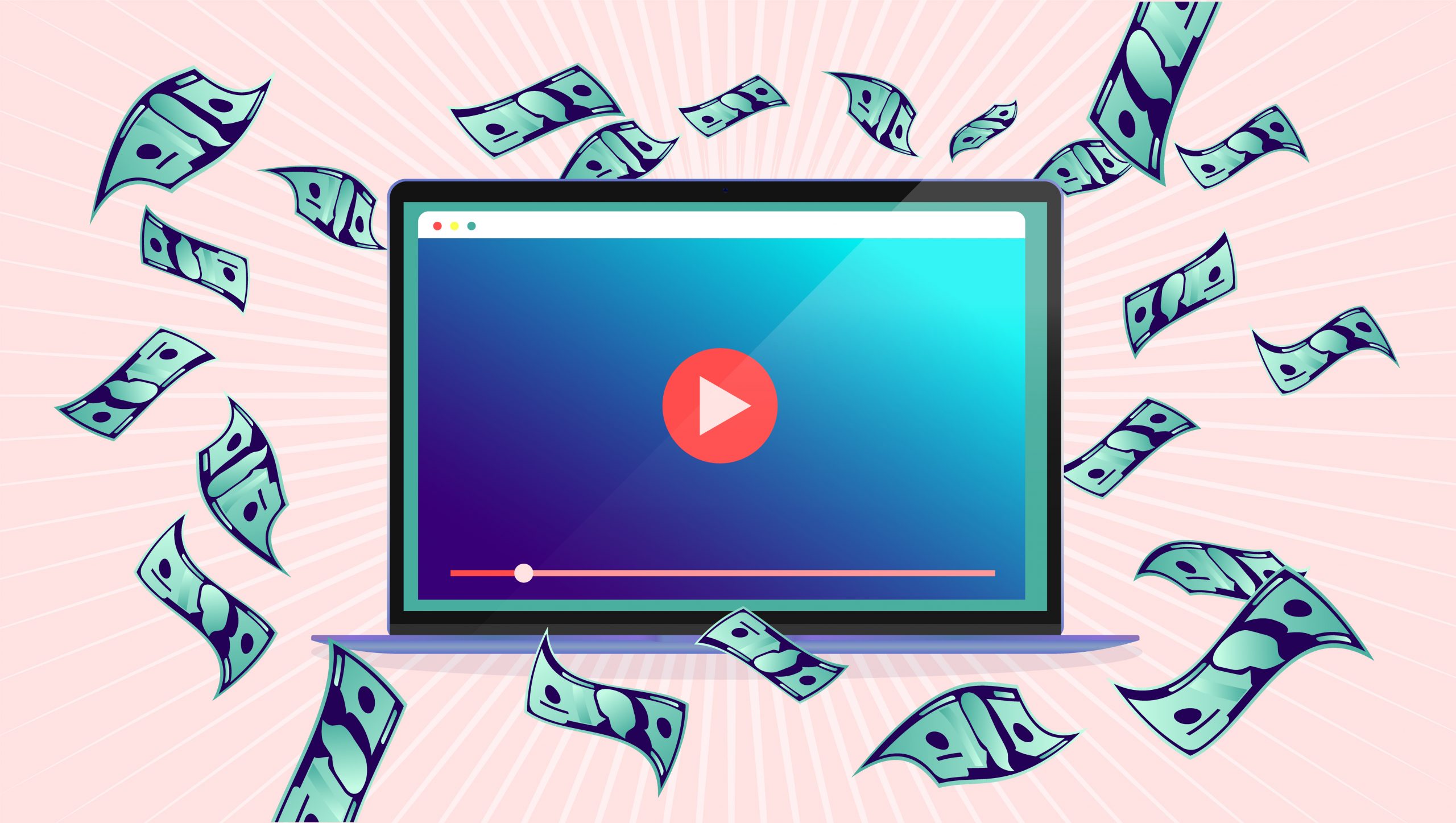
Jacklyn Dallas, 21, host of NothingButTech, a YouTube channel devoted to new gadgets and technology, calls the platform “the ultimate flywheel for serendipity.”
“Just posting online—you never know what opportunities are going to come from that,” Dallas told Luckbox. And that, she says, can be the most lucrative and exciting part of being on YouTube.
Celebrities like MrBeast (151 million subscribers) and PewDiePie (111 million subscribers) represent the towering heights of YouTube stardom. Others, like Dallas, make a living as full-time creators on the platform. They do so largely by attracting smaller, niche audiences and leveraging their online exposure to attract sponsors, sell books and employ other monetization strategies.
Brought to you by …
One obvious strategy for creators is enrolling in the YouTube Partner Program (YPP). YPP members get several benefits, including earning money by allowing Google to run ads before, after or during the videos they post. (For more about YPP, see the sidebar on p. 47)
But the real money comes from sponsors. Dallas says Google ads on her videos represent less than 10% of what she makes. The lion’s share—50% to 70%—comes from sponsorships. Dallas says she also generates revenue from things like affiliate marketing, speaking fees and consulting. Affiliate marketing is a strategy that involves gaining commissions for products sold on behalf of others via specially coded links posted on the channel.
Most of the sponsorships, Dallas says, involve inserting promotional messages from herself at the beginning or middle of videos. But the execution varies depending on the sponsor.
“Most recently, we’ve been doing ‘post rolls,’ where the sponsor is mentioned briefly in the beginning and then more at the end. Outside of that, I also do sponsorships on Instagram and Twitter and licensing deals,” Dallas said.
NothingButTech had 196,000 subscribers as of May 8 and included 379 videos. Dallas launched the channel in 2015 when she was 13 years old. She says YouTube is her full-time job.
Dallas says the key to YouTube success is approaching it like a business and being ready to pounce on opportunities as they arise.
Alphabet Inc. (GOOGL), the parent of Google and YouTube, does not break out how much money it pays creators. But, across its entire “creator ecosystem”—which includes Google Play developers, online publishers, YouTube creators and others—Alphabet paid out more than $200 billion over the three years ending Dec. 31, Philipp Schindler, Alphabet’s chief business officer said during a Feb. 2 earnings call. That’s comparable to the annual GDP of Kansas.
Beast Mode
Arguably the best example of YouTube success is 24-year-old MrBeast—known IRL as Jimmy Donaldson—who has been on YouTube since 2012 when he was 13 years old.
Forbes magazine estimates MrBeast generated $54 million in revenue from YouTube in 2022, making him the
highest-grossing creator on the platform. His channel is best known for videos involving giving away lots of money or public acts of kindness.
In January 2023, MrBeast drew criticism after he posted a video featuring Donaldson funding sight-saving cataract surgery for 1,000 people. What many saw as an act of charity, others saw as exploitation to win online attention.
MrBeast now has 151 million YouTube subscribers, after adding 50 million in the past year.
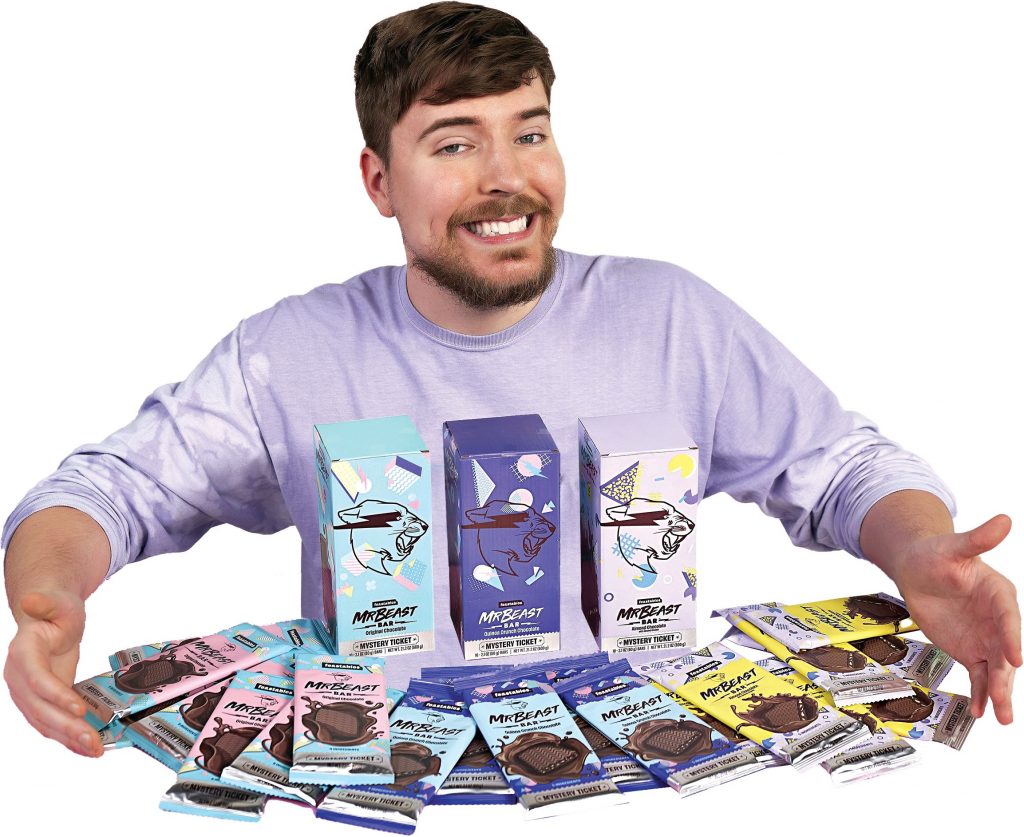
Feast mode
Like many top YouTubers, MrBeast has leveraged his online fame by extending the brand into retail endeavors.
The MrBeast empire now includes MrBeast Burger, launched in 2020. The chain contracts with 1,700-plus restaurants as of last fall, according to Restaurant Business. The restaurants cook MrBeast recipes and apps like Grubhub handle delivery. In September 2022, the chain opened its first sit-down burger restaurant at the American Dream retail and entertainment complex in East Rutherford, New Jersey.
In another food-related venture, MrBeast launched Feastables, a “better-for-you” snack brand in January 2022. Feastables sells its line of cookies, bars and gummy candies on its website and via retailers, like Amazon and Walmart.
There could be more investments to come. As of January, news reports said Donaldson wanted to sell a 10% stake in his empire for $150 million. That’s a $1.5 billion valuation for the overall operation.

Money Talk
Like Dallas, financial YouTuber Joseph Hogue, host of Let’s Talk Money! with Joseph Hogue, CFA, is no MrBeast. But he doesn’t have to be.
As the title implies, Hogue uses his YouTube channel to explain essential investment topics—like money and marriage and the fundamentals of retirement planning—and recommend stocks he finds compelling. Hogue makes videos of about 15 minutes to a half hour in length, along with some YouTube Shorts, YouTube’s TikTok-like format for short-form videos.
Hogue’s channel had 598,000 subscribers as of April 21.
Hogue, a former U.S. Marine, creates most of his videos in his home office. On camera, he usually sports a bow tie. He says the YouTube business is his full-time job.
Let’s Talk Money! generates revenue in several ways. First, the channel gets paid for the ads Google runs during its videos. Hogue also negotiates brand partnerships and sells books and online courses. In addition, he brings in money from affiliate marketing.
Hogue says his business brought in as much as $48,000 per month during the pandemic-plagued 2021. That monthly dollar amount dropped dramatically as the stock market—and content related to it—became a less popular form of entertainment. But even now, he says, the money is “pretty amazing.”
He says YouTube remains a tremendous opportunity for creators willing to invest time.
“YouTube’s only been around since 2005, and it is minting millionaires,” Hogue said.
Hogue says newbie YouTubers have to go in knowing there’s more to running a YouTube business than filming and posting videos.
“There’s a lot of business management, a lot of business planning, branding. Everything you would do in a traditional media company [are things] you do as a YouTuber,” Hogue told Luckbox.
Among other things, Hogue says, that means knowing your audience well enough to create content that keeps them coming back—and diversifying revenue streams.
Hogue’s business brought in as much as $48,000 per month during the pandemic … the money is “pretty amazing.”
Not as easy as it looks
Dan Rayburn, a consultant, podcaster and chairman of the Streaming Summit industry conference, cautions that creating YouTube content is not a simple path to fame or riches.
“One of the things that happened once YouTube got really popular was everybody thought they were going to get rich, because you did have some YouTube stars,” Rayburn told Luckbox.
“There are plenty of third-party reports out there that you can pull right now to talk about who actually makes money on YouTube. And it’s a very, very, very small fraction,” he said.
Film producers, for example, have found it nearly impossible to make money on YouTube. But putting movie trailers on the platform works well.
“For anyone starting a business that ties to content, YouTube is a way to market the content to another platform,” Rayburn says. Unless you’re one of those YouTube kids doing pranks and all that other stuff where YouTube is your platform.
Kaya Yurieff, a reporter for The Information who writes the online publication’s Creative Economy newsletter, agrees that success as an online creator requires an entrepreneurial mindset.
“You have to treat this like a business,” Yurieff said in an interview. “It might not have started as a business, but the people who become successful treat it like a serious business and not as, ‘Oh, I’m doing the social media thing.’”
Selling products is increasingly part of the process. With MrBeast, that meant entering the burger and snack food business. (See sidebar on p. 45) For the TikTok-famous D’Amelio family of social media influencers, online fame led to a venture capital fund, a reality show on Hulu, a soon-to-launch footwear brand and other ventures
Yurieff said YouTube creators “have to have an entrepreneurial mindset with it. And have to adapt. I don’t think there are many YouTubers that are just posting on YouTube long-form videos anymore.”
